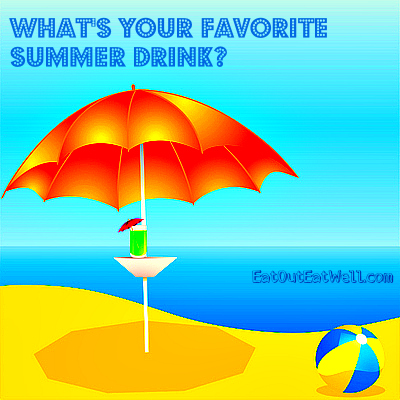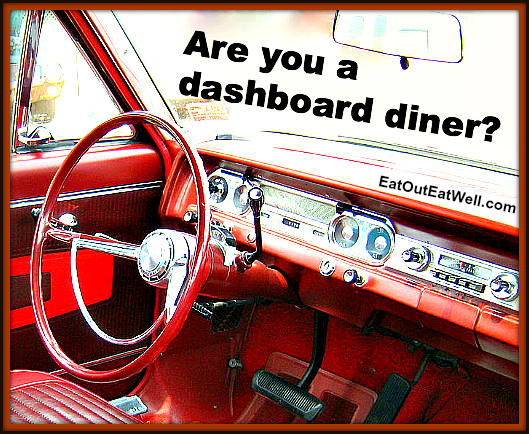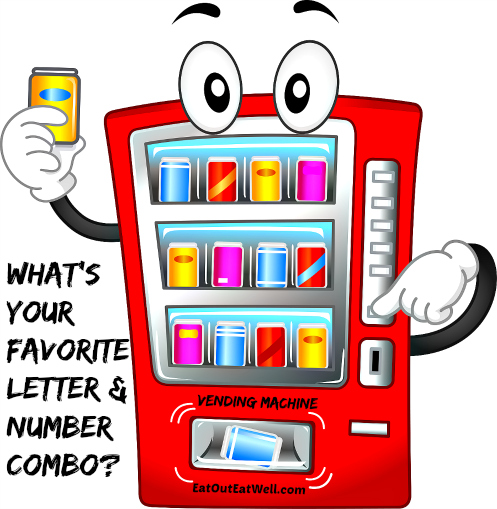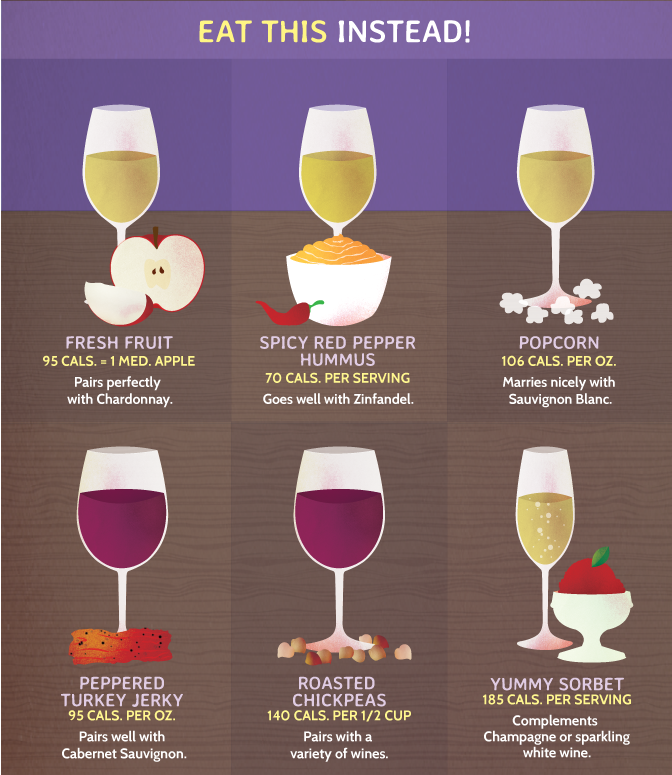It’s hot. You’re thirsty. You want something cool – or maybe ice cold – to drink.
Check Out The Calories
A lot of cool, refreshing drinks come with a hefty dose of calories. You might be surprised how many are in a drink you’ve been having for years.
According to CSPI (Center for Science in the Public Interest), carbonated soft drinks are the single biggest source of calories in the American diet. It’s easy to forget about the calories in sugared sports drinks, sweetened ice teas, juices, and alcoholic beverages.
Alcohol isn’t a caloric bargain – it has 7 calories per gram (protein and carbs have 4 calories per gram and fat has 9 calories per gram). Add sweetened juices, syrups, or soda to your alcohol, and you could be drinking a significant portion of your suggested daily calorie allowance.
It helps to do some research to figure out what’s your best choice to grab from the deli, the food truck, the coffee shop, or at the bar.
Can you be satisfied with a bottle of beer that has around 100 calories rather than another brand that has around 300 – or water with a hint of flavor instead of a sports drink?
To help you with your choices, here are the calories in some summer favorites:
Water and Sports Drinks
- Gatorade, 12 ounces: 80 calories
- Gatorade G Orange, 12 ounce bottle: 80 calories
- Gatorade G2 Perform Low Calorie Orange, 8 ounces: 20 calories
- SoBe Lifewater, 20 ounces: 90 calories
- Sobe Lifewater 0 calories Black & Blue Berry, 8 ounces: 0 calories
- Glaceau Smart Water, 33.8 ounces: 0 calories
- Vitamin Water, 20 ounces: 125 calories
- Vitamin Water 10, 20 ounces: 25 calories
- Perrier Citron Lemon Lime, 22 ounce bottle: 0 calories
- Vitamin Water Focus Kiwi-Strawberry, 20 ounce bottle: 125 calories
- Hint Blackberry, 16 ounce bottle: 0 calories
- Powerade, Grape, 8 ounces: 50 calories
- Propel Kiwi-Strawberry, 8 ounces: 10 calories
- Water (as much as you want): 0 calories
Iced Coffee and Tea Drinks
- Dunkin’ Donuts Vanilla Bean Coolatta, 16 ounces: 430 calories
- Dunkin’ Donuts Sweet Tea, 16 ounces: 120 calories
- Starbuck’s Coffee Frappuccino, 16 ounces (grande): 240 calories
- Starbuck’s Coffee Frappuccino light, 16 ounces grande: 110 calories
- Tazo Unsweetened Shaken Iced Passion Tea: 0 calories
- Iced Brewed Coffee with classic syrup, 12 ounces (tall): 60 calories
- Red Bull Energy Drink, 8.4 ounces, 110 calories
Soda and Non-Carbonated Drinks
- Mountain Dew, 20 ounce bottle: 290 calories
- Coke Classic, 20 ounce bottle: 233 calories
- Diet coke, 20 ounce bottle: 0 calories
- Snapple Orangeade, 16 ounces: 200 calories
- San Pelligrino Limonata, 11.15 ounce can: 141 calories
- Can of Coke, 12 ounces: 140 calories
- Bottle of 7Up, 12 ounces: 150 calories
- Root beer float, large, 32 ounces: 640 calories
Beer (12 ounce bottle)
- Sierra Nevada Bigfoot Ale: 330 calories
- Samuel Adams Boston Lager: 180 calories
- Guinness Extra Stout: 176 calories
- Pete’s Wicked Ale: 174 calories
- Harpoon IPA: 170 calories
- Heineken: 166 calories
- Killian’s Irish Red: 163 calories
- Long Trail: 163 calories
- Molson Ice: 160 calories
- Samuel Adams Brown Ale: 160 calories
- Budweiser: 144 calories
- Corona Light: 105 calories
- Coors Light: 102 calories
- Heineken Light: 99 calories
- Budweiser Select: 99 calories
- Miller Light: 96 calories
- Amstel Light: 95 calories
- Anheuser Busch Natural Light: 95 calories
- Michelob Ultra: 95 calories
- Miller MGD 64: 64 calories
- Beck’s Premier Light: 64 calories
Wine
- Red Wine, 5 ounces: 129 calories
- White Wine, 5 ounces: 120 calories
- Sangria, 8 ounces: 176 calories
Alcoholic Drinks
- Mojito, 7 ounces: 172 calories
- Frozen Magarita, 4 ounces: 180 calories (the average margarita glass holds 12 ounces, 540 calories)
- Mimosa: 137 calories
- Gin and Tonic: 175 calories




